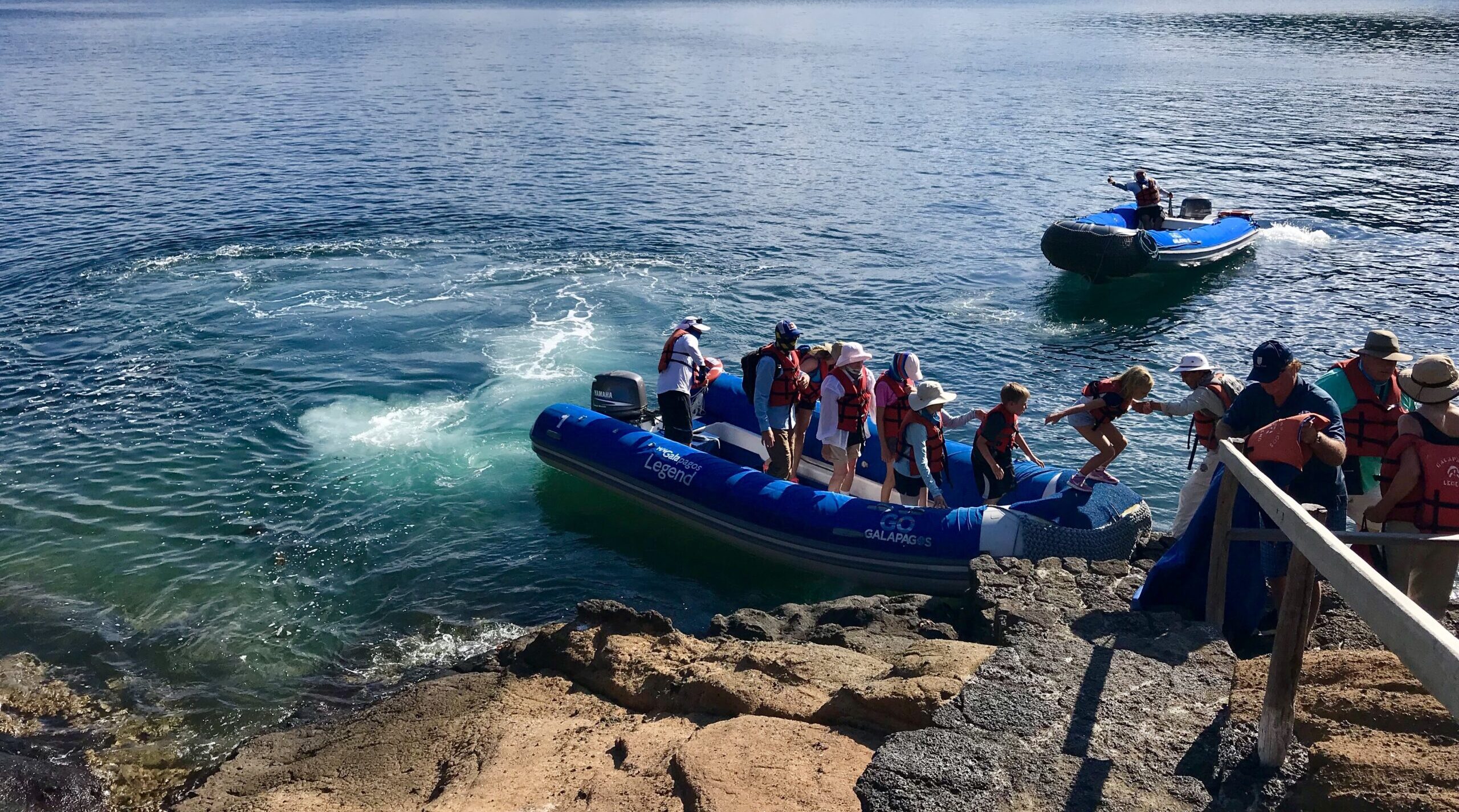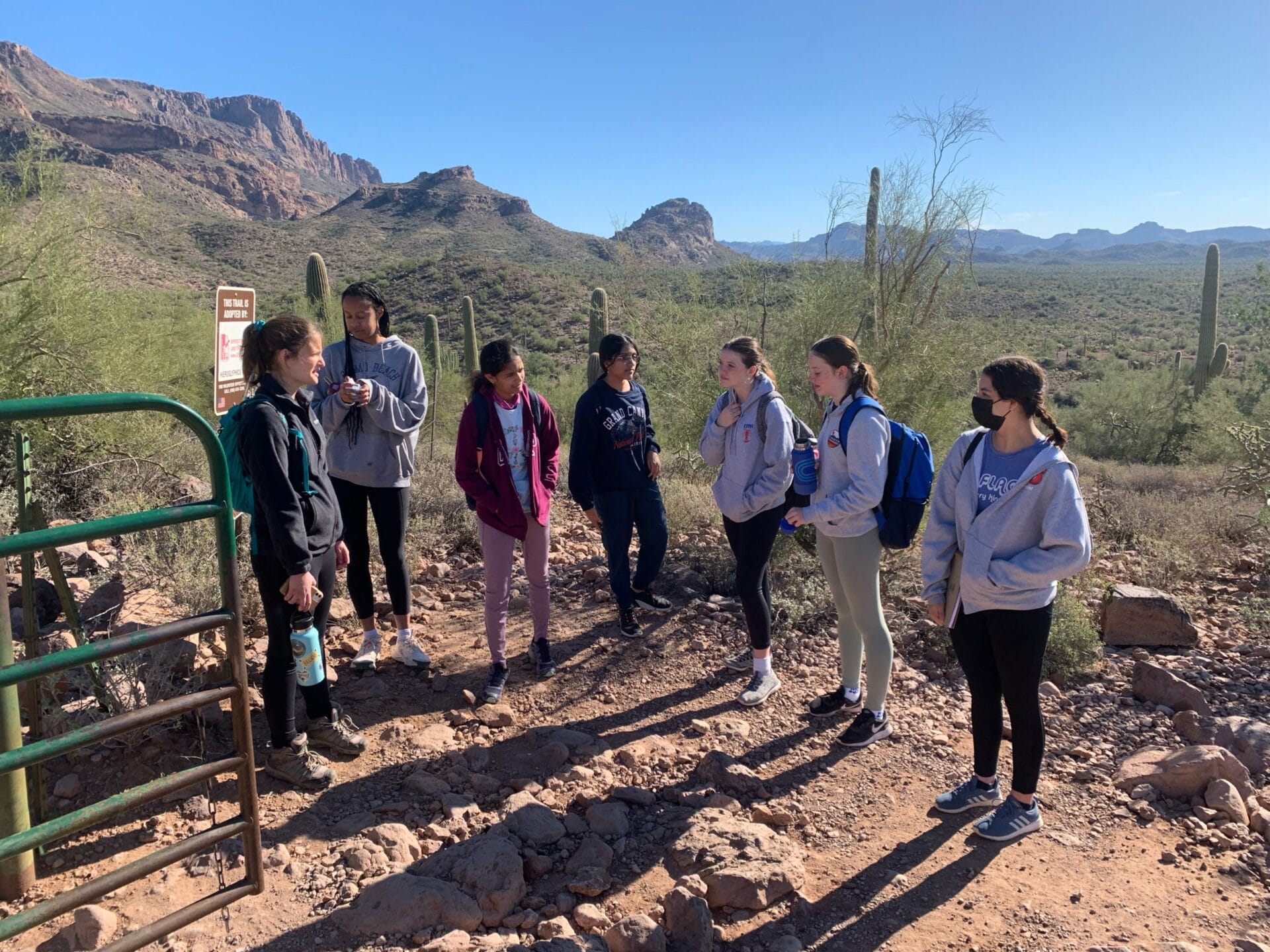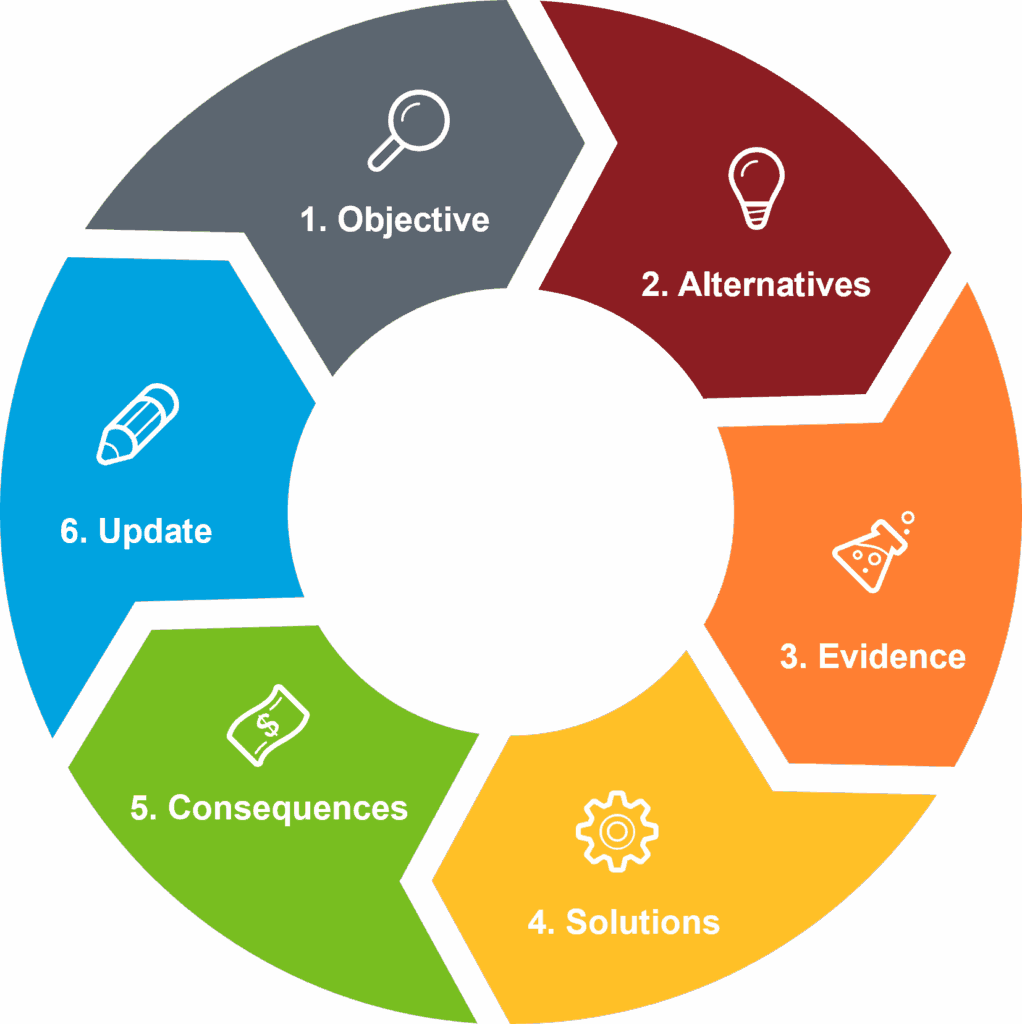Addressing the biodiversity crisis through transdisciplinary research and partnerships
We enable research for use-inspired solutions.
Our research provides insights that transform the way the world values, manages and thinks about biodiversity. We empower stakeholders to engage in informed action, based on the knowledge that shared challenges are best solved when people work together.
By bringing together producers and consumers of knowledge, we pursue solutions that governments, communities, and the private sector can use to make informed, science-based decisions that balance environmental and social goals.


Biodiversity is the foundation for our economy and wellbeing.
Our research priorities are interconnected and synergistic. We embrace multi-disciplinary approaches that assess how decisions impact biodiversity and how investment in conservation can support biodiversity goals.
Our research centers biodiversity in decision-making in order to establish a replicable model for effective conservation action, all while training the next generation of biodiversity scientists. We achieve outcomes through a co-production lens, bringing together conservation knowledge with decision science.
Explore more
Research pillars
Uniting research, education, and action

Center biodiversity in the world’s decision making
Achieved by transforming conservation investment, risk assessment, and sustainable practices into effective and transparent processes.

Establish a replicable model for effective conservation action
Achieved by working with diverse stakeholders to understand the strategies and organizational structures that best translate to actionable science and successful biodiversity outcomes in many contexts.

Train the new biodiversity generation
Achieved by training diverse and underrepresented students, facilitating experiential career advancement opportunities, and identifying and closing gaps in the curriculum – specifically in strategic leadership and environmental communication.
How we work
Our structured decision making approach
We continually refine our research methods to better achieve our goals. First, we work with partners to identify conservation decision needs and possible solutions. Then, we use data and evidence to identify the possible outcomes of alternative solutions. Finally, we work with partners to study how implementing solutions affects outcomes, and in doing so build our knowledge base about what works in conservation.
Our approach embraces key elements of structured decision-making:

- Objective: We access the biodiversity goals a project aims to achieve.
- Alternatives: We draw on knowledge of partnerships to identify potential solutions.
- Evidence: We use evidence synthesis to identify how solutions support objectives.
- Solutions: We use decision tools to identify the best solution.
- Consequences: We study outcomes of implemented solutions in relation to objectives.
- Update: We update the approach as we learn.
How we achieve outcomes
Approach
- Evidence, metrics, and monitoring.
- Decision science and data tools.
- Knowledge partnerships.
Outputs
- Easy and intuitive access to needed information.
- Increased knowledge sharing and scoping.
- More effective decisions.
- Improved trust and collaboration.
Outcomes
- Decreased endangered species listings.
- Increased biodiversity considerations in the private sector.
- Increased evidence use for conservation decision making.